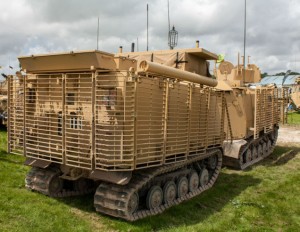Some quick tips for getting more exposure for your web and blogs using Google.
For those new to the Google+ service, here are 15 tips you can put into practice right away, based on the advice from experts, to increase brand awareness.
1. Use your real name when you register – this creates an authentic presence on the service; investors can look you up by name, and customers want to know it’s really you. Later on, you can create a business page that’s less personal.
2. Create Google+ Circles in a logical fashion: business partners, employees, friends, investors. That way, as you start using the service, you can keep people organized. You can then choose only a select group to view a new post.
3. Engage with other business professionals in an authentic way – read what they post, make comments, and follow their links. When you follow links, comment on them so that everyone knows you read the article.
4. Post occasional coupons and specials – that way, you can see if people are engaging with your posts. Be careful about how often you post specials or you may raise the ire of the Google+ team, who discourages blatant promotion.
5. Send private messages to people who look interesting. You can just type the message, then remove the Public circle and just add one name.
6. Check your notifications on the upper right side of the screen – just look for the red notification alert. You can see who is following you, any new comments, and whether those you follow are following you back.
7. Don’t stop using Facebook. There is a lot of cross-pollination between the social networks. When you follow someone on Facebook or they follow you, check Google+ to see if they are using that service and follow them there.
8. Go ahead and think big. When Michael Dell makes a post, feel free to post a comment and see if he replies. You can even send direct post.
9. Don’t be afraid of negative attention. Posting a counter-argument, especially when it is something you feel strongly about, can generate some buzz. When you do, be ready to support your position with facts and well-developed opinions.
10. Make sure you have entered detailed information about yourself and add some humor. There’s a section in your profile for adding something unique about yourself. Include a recent photo that’s bright and colorful.
11. Use the Sparks feature to track trending topics. Just click Sparks and add a search term. Track these topics and re-post the most engaging stories.
12. Make use of the +1 feature that is now cropping up at many Web sites, including Inc.com. When you see a story you like, click +1 so that everyone knows you read the story and liked it. This increases engagement with like-minded users.
13. Try holding your own Hangout – a feature where you talk in a video chat about a specific topic. Pick a topic that is related to your business – if you run an ice cream shop, try holding a Hangout on the cost of supplies or retail trends.
14. Set aside Google+ time each day – make comments and post new entries, but also search for people to follow. When someone follows you, it’s polite to send a quick thank-you to acknowledge their interest.
15. Stay focused on the task at hand, which is to increase brand awareness. It takes time. You might not see engagement levels rise in just one day or a week, but track how many people comment on your posts over a month.



